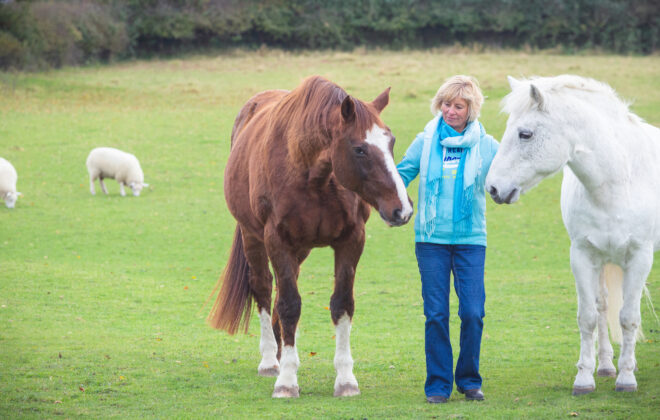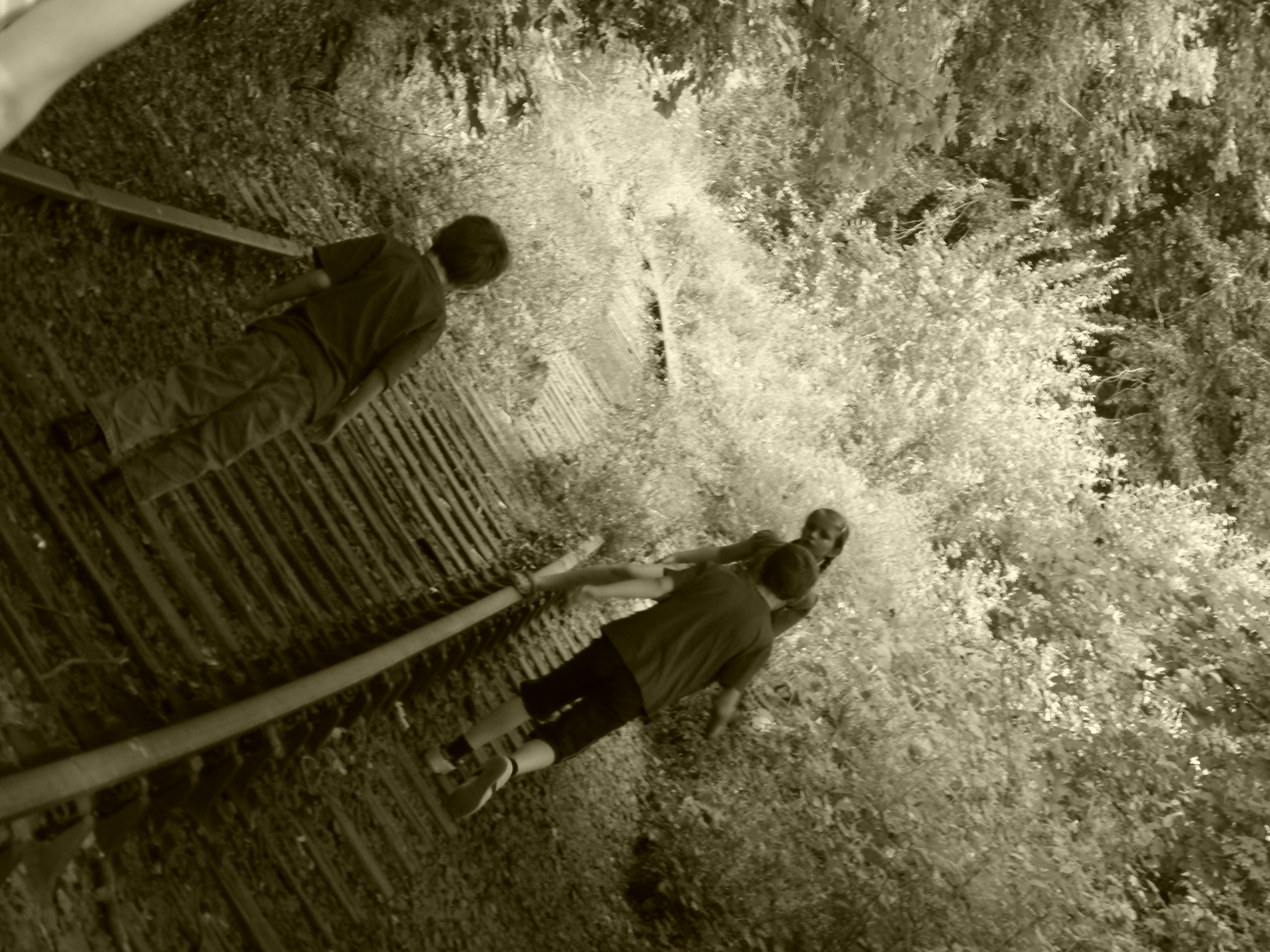It’s all about where you look
So, there I am, driving to work through glorious countryside, a golden sun rising across dewy hills. I stop to take a sharp right turn up a steep hill and shift into first gear, which crunches a bit, but it is only when I try to reverse to park that I realise my gears are stuck, completely stuck, in first.
Yes I did panic a bit, there were buses, school kids, a lolly-pop man and other parents and staff waiting to come in. I had to get home for a webinar in 3 hours and then the rain came. I moved up the hill out of the way but didn’t know where the road led so pulled in.
And then the love started. One of the grandparents dropping of his grandchildren, rolled the car into reverse and parked it then told me to ring him if I needed a lift home. The office staff dealt with the RAC while I taught. The caretaker had a look to see if he thought I should drive home in first gear, and when he said ‘No’, the receptionist, took my car key and the name of my mechanic as I phoned the grandfather for that lift home. It was so kind of him and so lovely to get to know someone I have only ever nodded to in the carpark. The RAC guy did his job, not minding that I wasn’t with the car and took it to my mechanic who had stayed in touch throughout, let me know when it got there.
So, instead of feeling stressed and anxious, I actually felt really looked after.
I told a friend afterwards and she laughed because she said she would have focused on what had gone wrong; the gear box, the cost: either £2k to get it fixed or a new car, and the hassle. And whilst all of that is true, it isn’t where I focused. I actually just accepted all that and then noticed the lovely people helping me.
Albert Ellis, father of cognitive psychology, says it isn’t what happens to us that makes us miserable, but what we think about it. Whilst I don’t think holds true things like grief and abuse, I do think, for things like this, it is. I think it is something I have learned to do and I think meditation helps me notice what I am thinking, which then allows me to change it.
- Notice how you are feeling. Use your body to give you information eg heart rate, breathing, tension
- This will help you notice what you are thinking. Take a few breaths and watch your thoughts
- Decide if the thoughts are helpful (eg, if they are telling you to get away from a dangerous situation – they are helpful!)
- If they are helpful, act on them
- If they are not helpful because they aren’t solving the problem or are causing you stress, then look around for something positive to focus on instead
- The positive could be in the outside world; other people, nature, weather, your warm coat, your phone, or it could be inside you; your health, your feet standing firmly on the ground
- The more you focus on either solving the problem or something positive, the calmer you will feel.
I’ve been practicing it a long time so when the car broke down, focusing on the positive just happened automatically and I’m glad it did.
[Thank you Jon Lydon for the image]
If you enjoyed reading this please share it with friends. You might also be interested in talking to me about coaching , or maybe try some of my online courses (some are free), or treat yourself to a climate protecting pamper with vegan friendly, organic Tropic which supports the planting of forests and education in deprived areas.
Thanks for being here.
Julie
Tags In
Related Posts
Categories
- Be Here Now (110)
- Education (40)
- Endings (58)
- environment (96)
- Inspiration (111)
- Podcasts and videos (49)
- Psychology and Emotions (147)
- Relationships and Family (150)
- Spirituality (70)
- stories and poems (95)
- Thinking Differently (186)
- Uncategorized (8)
- Well-being (106)
- Women (80)
- Work (42)



